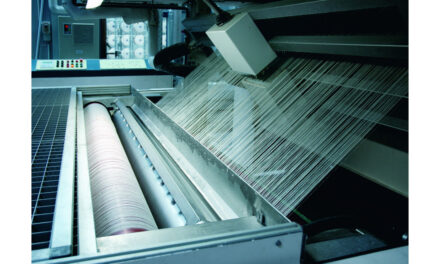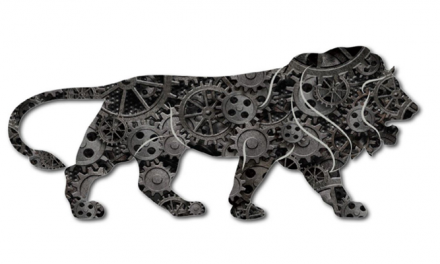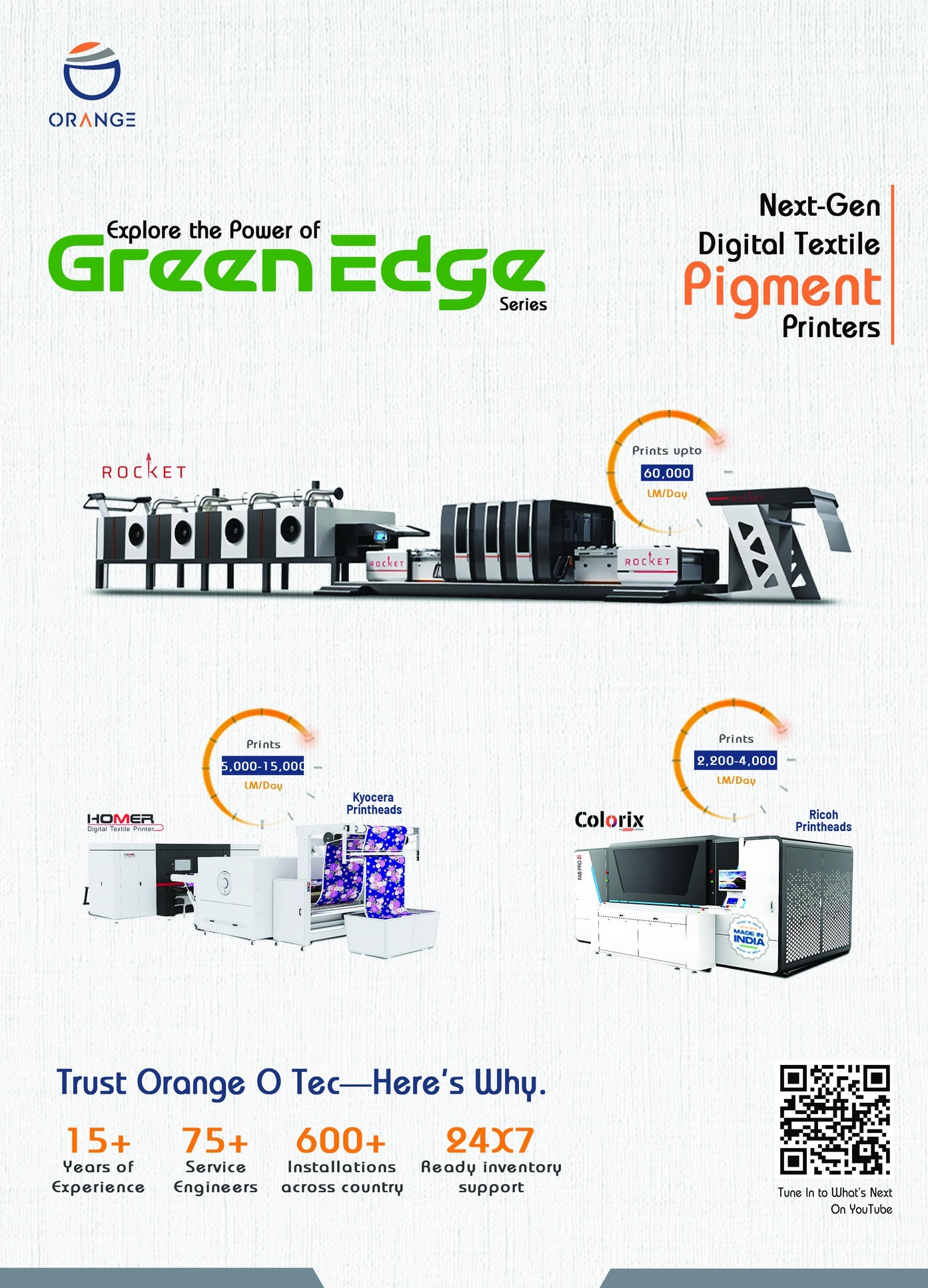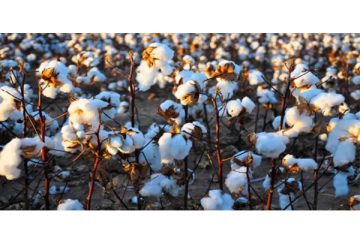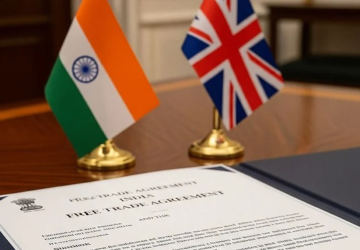
India is rapidly emerging as a global leader in textiles and apparel. The Indian textile market reached approximately US$147 billion in 2024, with apparel leading the market at US$108 billion, while the technical textiles and home textiles market is valued at US$28 billion and US$11 billion. Exports are clearly on the rise, through April to October of FY 2024-25, textile and apparel exports rise 7 percent to US$21.35 billion already, which was about 3.9%of global trade.
India currently provides approximately 4 percent of global textiles and apparel exports and is positioned on the world stage like never before. The manufacturing ecosystem has never been more robust or export-ready and is supported by policy interventions and incentives like the PLI scheme, which has led to Rs. 7,343 cr in investments and Rs. 4,648 cr in turnover. With these strong foundations, India is poised to harness its deep textile heritage, modern infrastructure, and growing demand on the global stage — from textiles to retail success.
Why Manufacturing as a Strategic Backbone
Manufacturing in the fashion context is about transforming materials into wearable products of the proper quality, cost, and speed. However, in an industry driven by novelty and timing, and perception, manufacturing is also a brand differentiator. Manufacturing can drive staying ahead of trends, fulfilling customer expectations, and considering ethical and environmental considerations.
Fashion brands can no longer afford to treat manufacturing as a back-end, isolated function. However, manufacturing is intertwined with fashion design, marketing, and retail—manufacturing. When viewed as a brand identity is tied to how and where the products are made.
India’s Rich Textile Ecosystem: An Innate Competitive Advantage
India has one of the richest textile ecosystems in the world, even more so than most of its competitors. Cotton in Gujarat, silk weavers in Varanasi, polyester production in Surat, and embroidery villages in Lucknow—India offers a staggering range of material and expertise, all under one roof.
This vertical nature of India’s supply chains is a significant advantage. Brands can source raw materials, do dyeing and processing, and finish garmenting—all without leaving India. This reduces timelines and makes continuity and quality control much easier.
Furthermore, India’s cultural depth allows fashion brands to draw on indigenous techniques—handloom weaving, natural dyeing, block printing, and artisan embroidery to tell stories of heritage and authenticity through collections. Stories like these are increasingly commodified in the global fashion narrative.
Strategic Sourcing: Looking Beyond Price
Throughout history, we have described India as a low-cost manufacturing source. The low-cost advantage remains a consideration for most businesses. However, manufacturers and brands in India are now reshaping their positioning accordingly, where value supplants volume.
Strategic sourcing today means identifying sourcing partners who will work with you to provide flexibility, consistency, and transparency—not just price point efficiency. This includes sourcing suppliers who can accommodate shorter runs and rapid changeover, while adhering to ethical and environmental standards.
For Indian brands that are in the process of creating their identity, determining the correct production model, in-house or outsourced, or hybrid, I’ve always believed is important. Finding the right strategy includes controlling costs while maintaining the correct balance of control and speed-to-market, as well as heritage and innovation.
Agility and Automation: Fueling the Future of Indian Fashion Manufacturing
As we grapple with fast fashion, changing consumer preferences, and social media influence, Indian apparel manufacturing is going through massive changes. Agility and technology are now embedded in competitive strategy. Here is how Indian fashion is moving forward to respond to the moment:
Better Ability to Respond to Trends
• Indian manufacturers are improving infrastructure to unlock trend cycles driven by social media and influencers. Brands are implementing shorter production cycles to get products to market quicker
• Sample development, which had been a major bottleneck across the entirety of this timeline, is now being streamlined with the use of digital tools and a real-time convergence of design and production
Digitized Work Flows, and Better Planning
• Production workflows, from design to dispatch, are becoming increasingly digitized to improve lead time and asset coordination
• AI-powered inventory management can more accurately predict demand and yield lower overproduction levels while reducing stock outs
Small-batch Flexibility
• Factories are moving towards a model of production offering small-run, fast-turnaround batches rather than an exclusive focus on bulk
• This means brands can quickly and easily run a prototype style, collect customer feedback, and use that feedback to justify a production run of the style
Embracing Automation Technologies
Progressive manufacturers are utilizing
• Automation technology for automated fabric cutting for faster and more accurate cutting
• Computer-Aided Design (CAD), allowing uninterrupted sampling and pattern making
• Quality control systems that use machine vision to detect defects and artificial intelligence (AI)
Uniting Craft with Tech
Rather than replacing artisans, automation is improving the craft skills of craftspeople
• Blended production models provide mass quantities and efficiency in production, yet retain details that artisans can provide. This is important because it maintains India’s skill heritage while improving business
Adoption of tech is no longer resting with the export giants
• Automation is not just for large export houses anymore. There are now local brands – both large and small – that are using smart manufacturing and want to be part of it – staying competitive
• Labels such as Fabindia, Biba, AND, and W have demonstrated that locally-managed and tech-enabled products can be as nimble as any overseas-produced product and provide the agility, scalability, and brand quality associated with offshored productions
Up skilling for the Digital Future
Manufacturers are now aware needed a digitally literate workforce.
• Workforce training is shifting to other positions within the workplace (such as agency work about machine management, digital tooling, and tech-enabled quality assurance).
From Tradition to Innovation: Sustainability
Sustainability is much more than a trend; it is a requirement. Thankfully, India has long embraced sustainability in their textile practices, which include organic cotton, natural dyes, water-polluting handlooms, and zero-waste pattern-making.
The manufacturing approach we are taking must capitalize on this, as well as modern standards and innovations. Brands are now using more eco-friendly applied fabrics, avoiding harsh chemicals in dyeing, and using cleaner energy to power production facilities.
Indian consumers are also becoming more eco-conscious, increasing demand for brands that demonstrate ethical manufacturing and are open about their sourcing practices. From startups that use recycled textiles to larger labels publishing their very own sustainability reports, the shift is real and growing.
Local Manufacturing, Global Mind-set
The “Make in India” initiative has given a new life to local manufacturing. With government assistance, better infrastructure, and growing skilled manpower, India is poised to be a global manufacturer in fashion.
To genuinely compete on the world stage, Indian manufacturers and brands need to think much further than volume, though. Quality assurance, traceable supply chains, and technology integration must be prioritised. Manufacturing strategies must involve improvement for employees in training, digitization, and compliance. For both domestic brands looking to go global and global brands looking to source from India, it is obvious that Indian manufacturing needs to be as sophisticated as it is scalable.
Building Brand Identity through Production
In the fashion space, the making of clothing is equally important as the appearance. Indian brands today are making strategic use of their production capabilities as they see it will help tell their story in a more meaningful way. Whether it is a start-up that is working with women-led cooperatives in rural Tamil Nadu or a luxurious label co-operating with Kashmiri artisans, production becomes a significant element of the story. It speaks to legitimacy and social responsibility and shows a commitment to detail.
Consumers these days, especially Gen Z and millennia’s, tend to show an affinity towards brands that stand up for something. A thoughtful production strategy, one that is transparent, can help build that trust and that emotional connection with a consumer.
Obstacles and path forward
Here are challenges, too. Of course, we still face infrastructure challenges, labour variability, and bureaucracy. Smaller manufacturers may lag in terms of technology adoption and compliance with international standards.
But we are heading in the right direction. Public-private partnerships, fashion accelerators, and up-skilling programs are all aiding in addressing these issues. Indian fashion brands are following global leaders, learning about best practices, sustainability, and becoming more agile.
What is needed is a shift in mind-set: stop treating manufacturing as an expense, and treat it as a long-term investment. A long-term investment where a brand builds value, increases resilience, and maintains relevance in the global marketplace.
Vishal Pacheriwal, Managing Director, Parnika India

